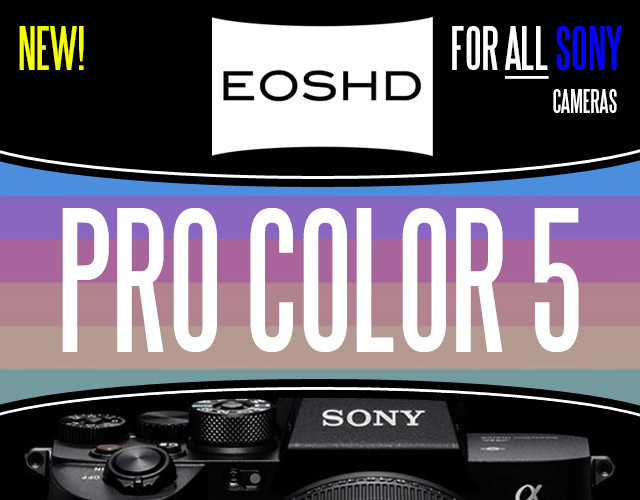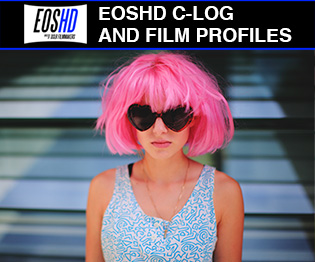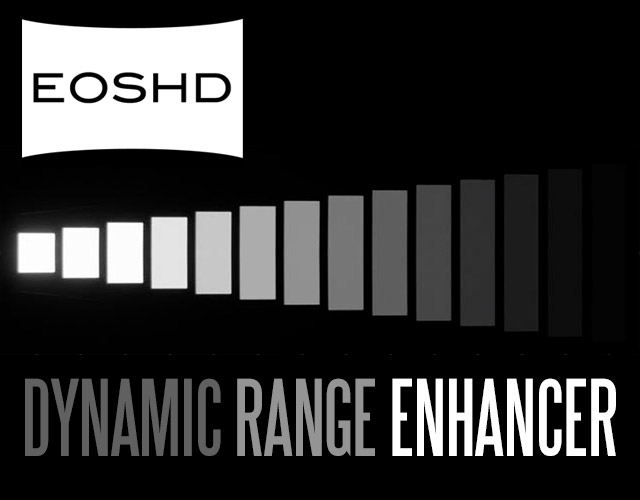Best Anamorphic option for Full Frame 5D Mark 3?
-
Similar Content
-
- 2 replies
- 2,909 views
-
Anamorphic feature-length film "The Night Knows No Shore" ( Iscorama )
By PBR,
- iscorama
- anamorphic
- (and 2 more)
- 2 replies
- 3,098 views
-
- 8 replies
- 4,322 views
-
- 21 replies
- 6,708 views
-
- 2 replies
- 2,337 views
-







Recommended Posts
Create an account or sign in to comment
You need to be a member in order to leave a comment
Create an account
Sign up for a new account in our community. It's easy!
Register a new accountSign in
Already have an account? Sign in here.
Sign In Now